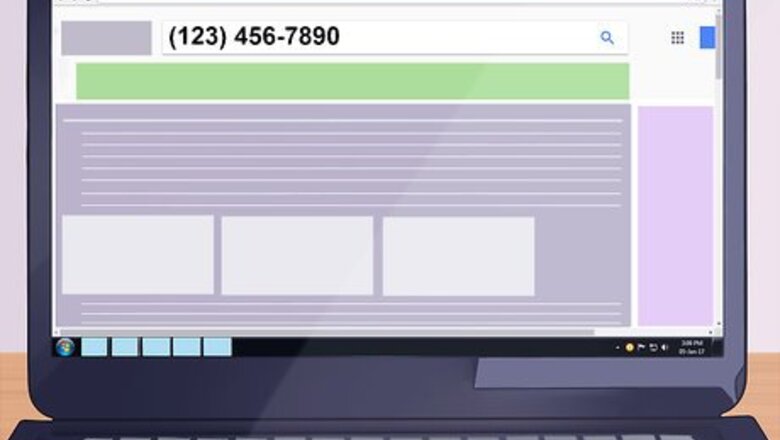
views
Locating the Number Online
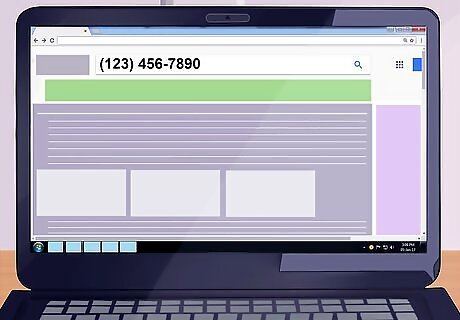
Type the number into a search engine. If the unknown number if from a large establishment, it may come up in a search. The first thing you should do with an unknown number is type it into a search engine and see if it yields any recognizable results. You may find that a local companies and large business, such as your bank, was trying to contact you.
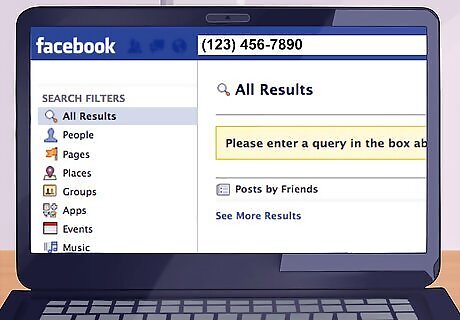
Enter the number into Facebook. If you're on Facebook, you may actually be able to use it to use this to identify an unknown caller. Simply type the number into Facebook's search bar. You may find a profile linked to the number online. Keep in mind, this does not always work as some people's privacy settings prevent their numbers from being linked to their profile.
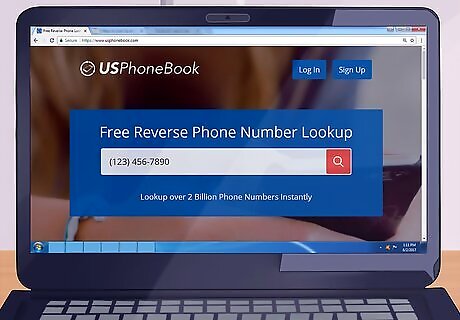
Use a reverse phone lookup site. If you type "reverse phone lookup" into a search engine, you should find plenty of sites that allow you to type a phone number in to identify the caller. Try a few of these sites to see if any of them yield helpful results. Reliable sites include sites like White Pages, Reverse Phone Lookup, and AnyWho. Some sites may not be able to give you the exact name of the caller, but can provide you with a general location of the caller. This can help narrow it down. For example, if you know a classmate of your lives in a particular neighborhood in the city, the number may be linked to that area. If you recently gave that person your number, they may be calling you.
Using Phone Apps to Identify the Number
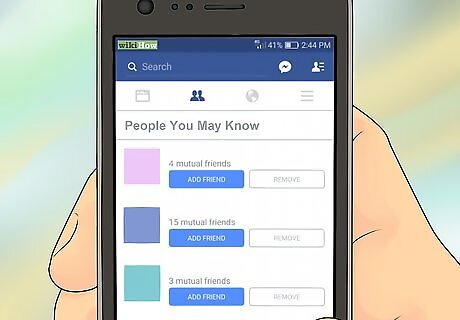
Use your Facebook app. If you have downloaded the Facebook application on your mobile phone, you can use this to identify an unknown number. The Facebook app sometimes scans your contacts or those who've called you. If you skim through the "People You May Know" search bar on Facebook, Facebook may have added the caller to your list. This option usually works best if you have some idea of who might be trying to contact you.
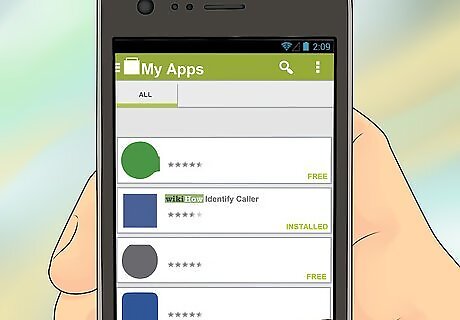
Download phone apps. Many different phone apps are available for both Android and iPhones. Phone apps use search engines and their personal databases to identify callers. Some phone apps also allow you to block spam calls altogether. Some apps may take up a lot of data. If an app is very big, you may want to avoid using it unless you frequently get unknown calls.
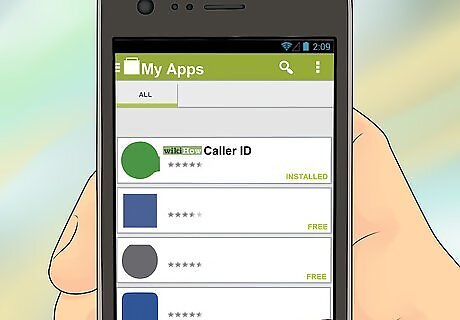
Install a CallerID app. Some phone apps allow to install CallerID in your smartphone. CallerID can instantly recognize numbers and provide information like names, city, and state for most calls. If the CallerID app cannot provide a name, it can provide some general information as the call is coming in that can help you decide whether or not pick up your phone. Calls are usually identified with some kind of pop up notification, but this varies depending on the app.
Taking Safety Precautions
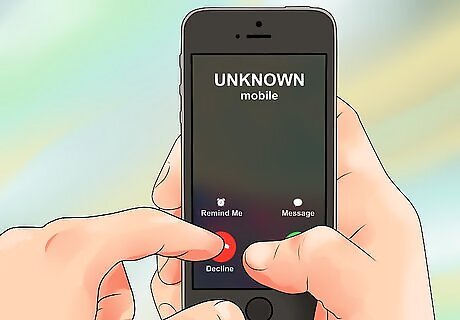
Avoid answering calls from numbers you do not recognize. You should never answer a call you do not recognize as it could be a scam call. This is especially true if the same number keeps calling you without leaving a message. If someone really needed to get ahold of you, they would leave a message with information on how to contact them.

Read privacy policies of phone apps carefully. Phone apps can help you identify unknown calls, but sometimes have questionable privacy policies. Some phone apps will upload your contact list to their database and may or may not keep you and your contacts' information private. Before downloading a phone app, read the privacy policy carefully. If an app's privacy policy is very difficult to understand, it may be intentionally poorly worded due to throw off users. If you can't understand an app's privacy policy, do not download it.
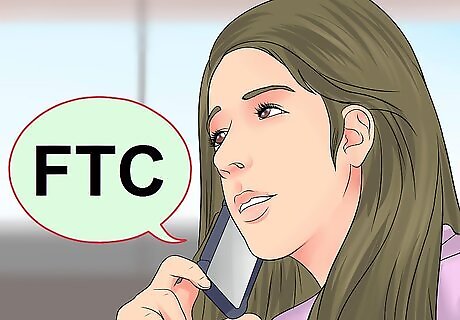
Report scam calls to the proper authorities. If you're repetitively getting scam calls report them to the Federal Trade Commission (FTC). Scam calls are often marked by very pushy telemarketers asking for personal information, especially financial information, but refusing to answer questions regarding themselves and their company. You can report potential scam calls to 1-888-382-1222. The FTC regulates scam calls in the United States only. If you're outside the United States, find the equivalent organization in your country to report the call.














Comments
0 comment